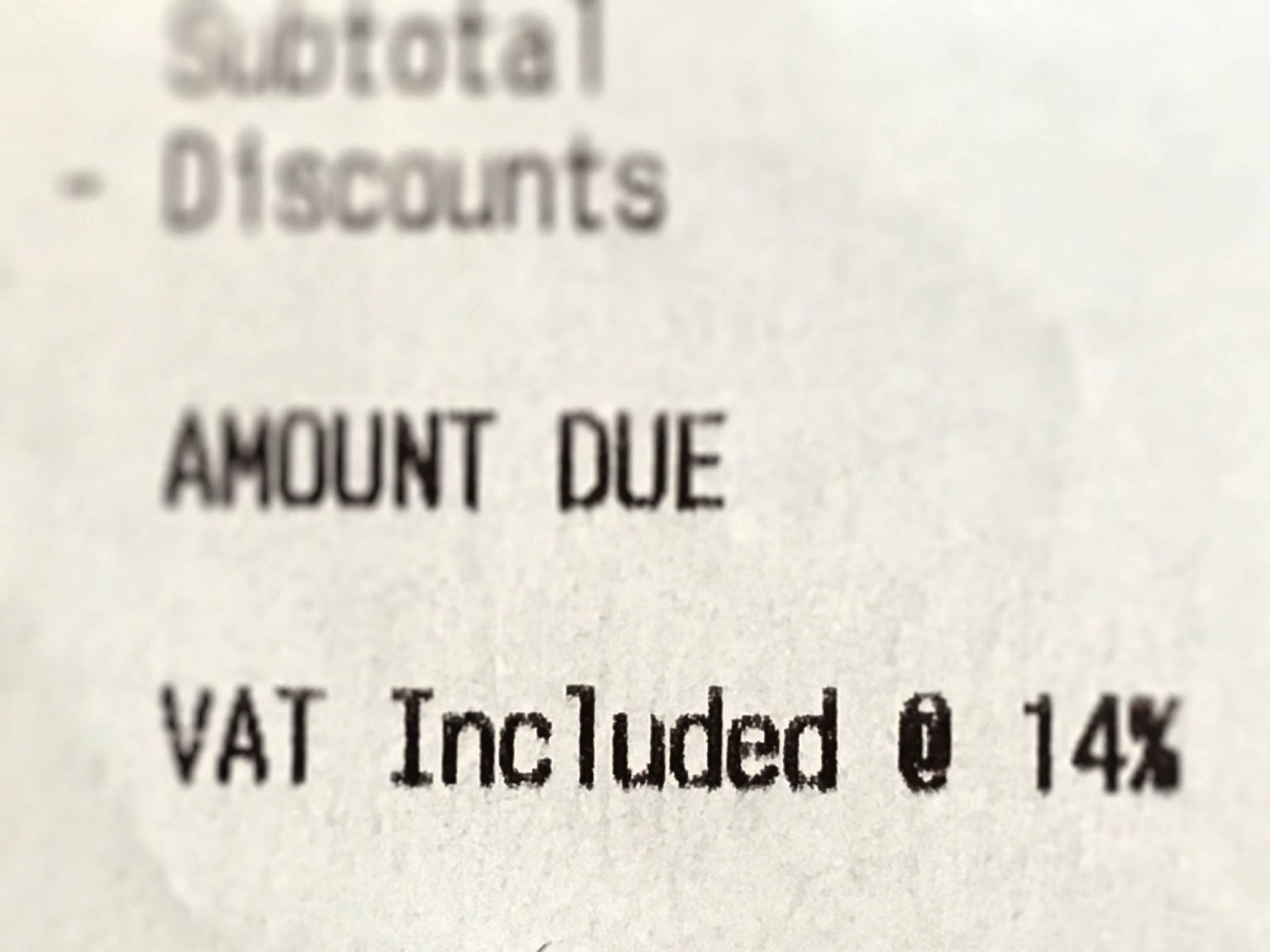On the 21st of February 2018, the then Minister of Finance in South Africa (Malusi Gigaba) announced the increase of the Value Added Tax (VAT) rate from 14% to 15% during his budget speech, the first increase since 1993. This increase is effective 1 April 2018 meaning businesses that charge VAT for their products/services will need to make the necessary adjustments before then.
I am interested in the effect this increase has on businesses that charge VAT and are heavily reliant on software systems for their sales, billing and reporting processes. The two primary considerations for these software systems that come to mind are – the original Software Design and the resulting VAT related adjustments which I will call the VAT Update Software Project.
1. Original Software Design
I imagine that questions such as “How easy and quick will it be to update the VAT rate” have been asked of development teams following the budget speech. Such questions are related to the original software design – whether a software system was designed to be flexible and future-proof. For example, can a privileged user of the system update system-wide parameters (such as VAT rate) from the system’s front end instead of requiring a change to the source code by the software development team? However, in this particular instance, I can understand how a VAT rate that has not changed in 20 years could have been hardcoded* instead of made configurable (perhaps due to an oversight by the software development team or the result of pressure from business teams/users to turn around development tasks speedily).
2. VAT Update Software Project
Regardless of whether the VAT rate was hardcoded or made configurable, updating it will require some analysis, development/user update and testing which constitute what I have called the VAT Update Software Project (one does not simply search and replace 0.14 / 1.14 / 14% with 0.15 / 1.15 / 15%). Given that the amount of time between the announcement during the budget speech and the effective date of the VAT increase is just under two months, it is most probable that the knee-jerk reaction by many of the affected businesses has been that of commissioning VAT Update Software Projects on the fly. Execution of such project requires agility in undertaking the resulting project management tasks, impact analysis, software development / VAT rate configuration update, system testing and release planning among other activities.
At present, we are just under two weeks from the effective date of the VAT rate increase. This, coupled with the public holidays on the horizon make for some pretty tight project timelines for software teams looking to deliver on VAT Update Software Projects by 1st April 2018. Here’s to holding thumbs for them!
- Hardcoding in Software Development means that updates to a variable such as VAT would require a change to the source code by a Software Developer. The opposite of this would be making it configurable by an end user such that they can login to the system and update it perhaps from a Configuration menu.
